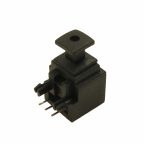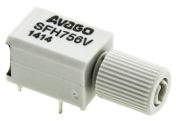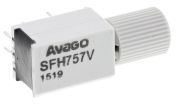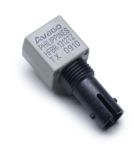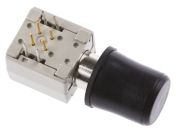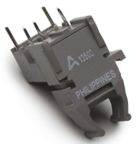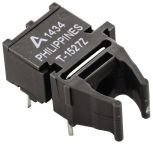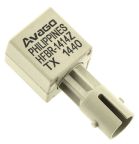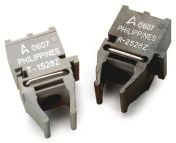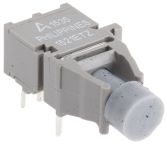Fibre Optic Transmitters
Fibre optic transmitters are the parts of a fibre optic network that translate an electronic signal into an optical one. This signal can then be sent along the glass optical fibres as a pulse of light. Fibre optics are the most advanced form of telecommunications, as they are able to send high bandwidth information over very long distances, without the risk of electromagnetic interference, as the fibres are made from glass.
What are fibre optic transmitters used for?
Fibre optic transmitters are used for a range of communications applications, such as in the transmission of telephone signals, internet, and cable television.
Types of fibre optic transmitters
Fibre optic transmitters are normally semi-conductor devices. The two main types are LEDs (light-emitting diodes) and laser diodes.
- LEDs produce incoherent light which is coupled into the optical fibre. They are most often used in local area networks.
- Laser diodes produce directional, coherent light, meaning that less light is dispersed and lost in the process of transmission. Vertical cavity surface emitting lasers (VCSELs) have largely superseded LEDs as they tend to give better speed and power.
Gerelateerde Links
- Fibre Optic Receivers
- Broadcom HFBR-1524Z, 5.2428Mbps Fibre Optic Transmitter
- Broadcom HFBR-1506AFZ, 2000Mbps Fibre Optic Transmitter, Round
- Molex 106108-2100, Fibre Optic Transmitter, Rectangular SMI Connector
- Broadcom SP000063871, 100Mbps Fibre Optic Transmitter 685nm, Round Fiber Optic Connector, 8.6 x 5.3mm
- Broadcom AFBR-1521CZ, 40Mbps Fibre Optic Transmitter 685nm, Square, 10.2 x 18.8mm
- Broadcom SP000063858, 100MBd Fibre Optic Transmitter 685nm, 24 x 9 x 8.8mm
- Broadcom AFBR-1529Z, 10Mbps Fibre Optic Transmitter 650nm Versatile Link Connector





